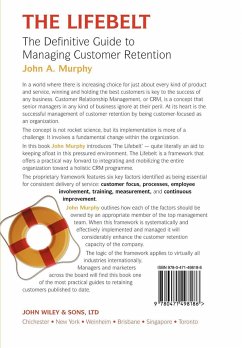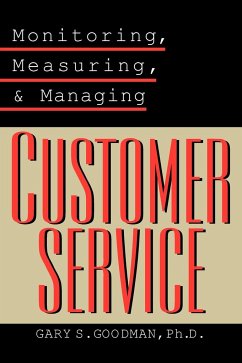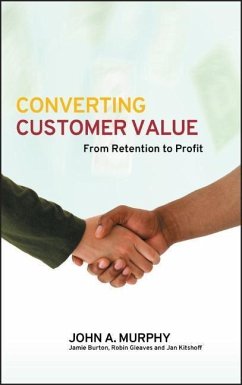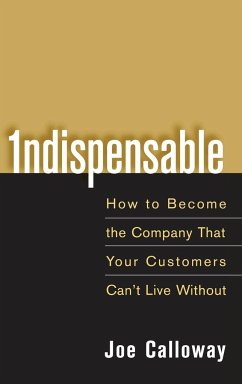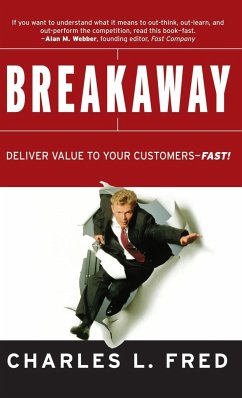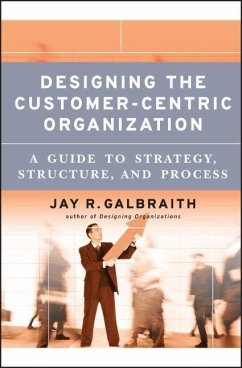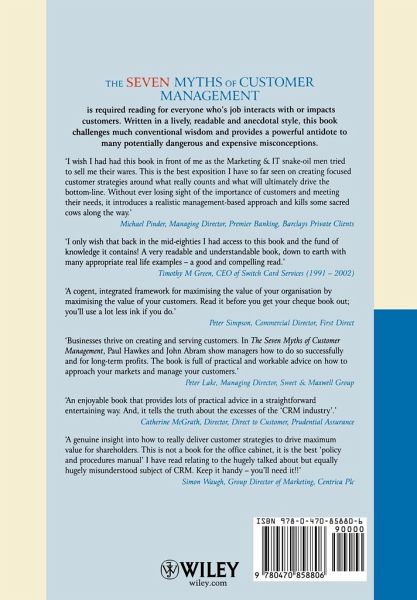
The Seven Myths of Customer Management
How to Be Customer-Driven Without Being Customer-Led

PAYBACK Punkte
34 °P sammeln!
In this book, the authors argue that too much has been made of customer satisfaction, and that this has come at the expense of hard-edged consumerism. Whether or not "the customer is king," the first rule of business is to make money. This pragmatic book destroys seven key myths about customer management that have gained almost folkloric status, and provides a step-by-step action plan for linking customer service with commercial goals.




